Damaged Walls: 7 Main Causes And Solutions
Cracked walls? Looking for an answer to improve damaged walls? Here are 7 main causes and solutions for damaged walls.
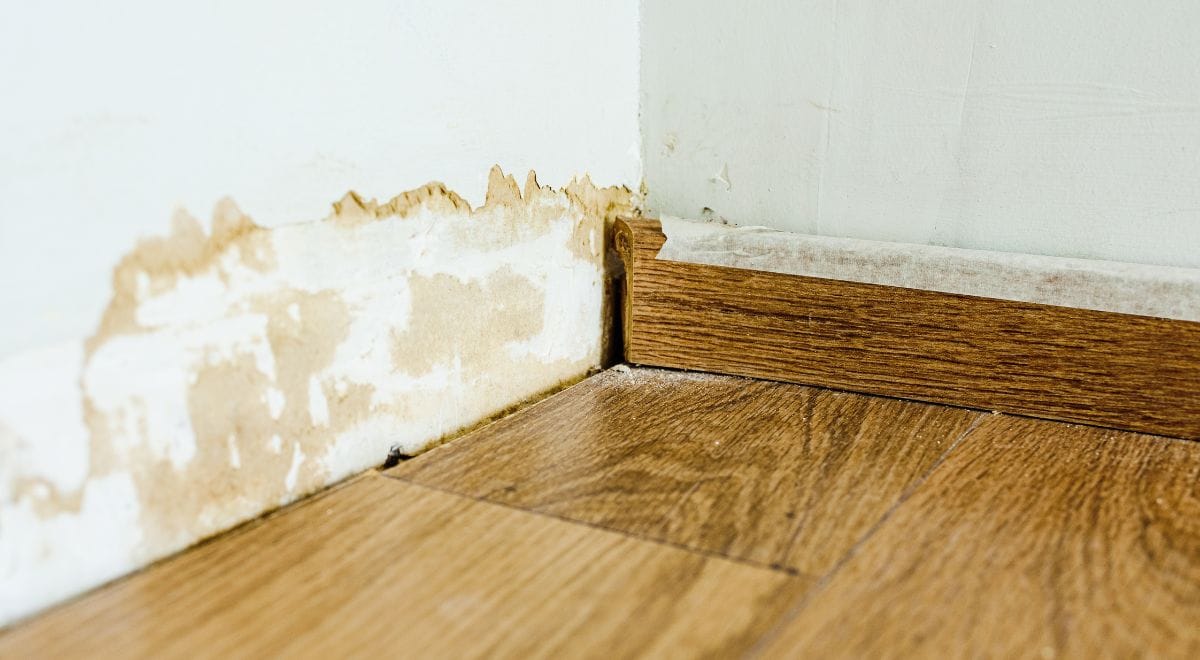
The Problem
A damaged wall doesn't only look ugly, there is likely a bigger problem behind it. Some of the main reasons for the damage done to brick walls include dampness, malfunctions, poor construction, and so on. Nobody has to tell us about the importance of keeping walls undamaged and pristine.
The Guide
Read HomeTriangle's guide on the various factors that cause damage to walls and how you can effectively find solutions to these problems.
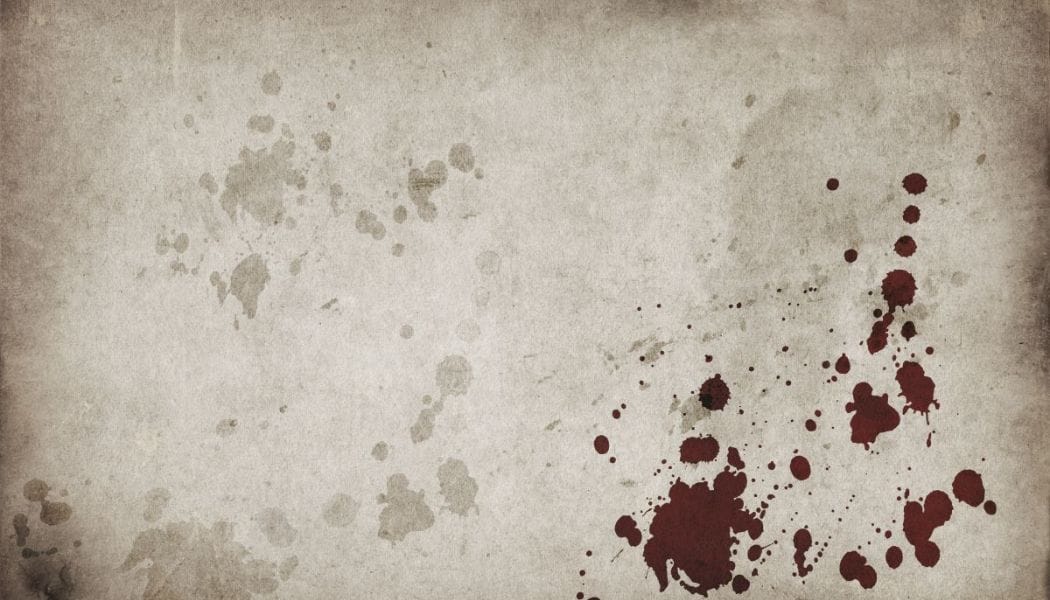
1) Damage: Damp Patches On The Walls
Cause:
· The presence of excess moisture is responsible for a large amount of damage to the walls of brick masonry. It causes the inside or outside walls to be damped.
· Active water drainage on the brick wall may be an important source of moisture from a leaky kitchen or bath pipe.
· Moisture also tends to penetrate the joints and pores of the brickwork during rain, resulting in moisture in the walls.
· The brick wall mold may develop small cracks in the event of faulty construction and allow moisture to pass through.
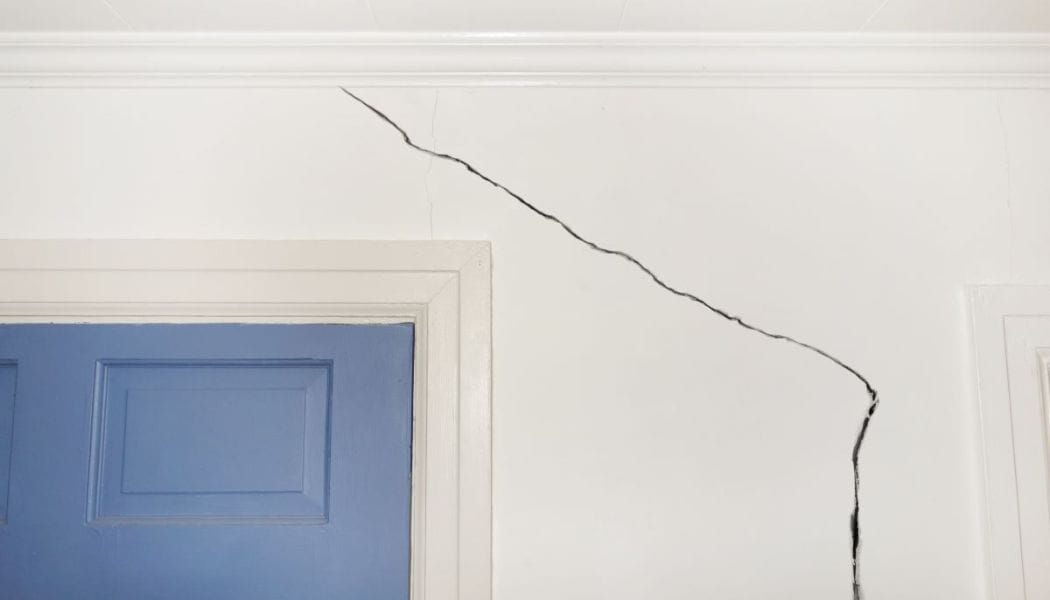
Solution:
· The source of humidity must be identified. An immediate repair is needed for a leaky pipe. Re-crease the bathroom tile joints or kitchen tiles, if there is water drainage from those areas.
· Feed patches on the internal walls should be removed and the wall re-plastered using cement mortar mixed with water resistance compounds.
2) Damage: Crack In The Wall
Cause:
· There could be several different reasons behind cracks in the wall
· If during the construction of a wall the mortar is not mixed to the correct extent or not properly healed, cracks can develop. The cure is the process of hydration of cement so that it can be moistened properly.
· The move of heavy vehicles can result in vibrations that lead to wall cracks in construction when the building is located on a busy road.
· The lifespan of all construction materials is specific. The materials tendency for a period to degrade and crack.
Solution:
· Depending on the condition of the walls, it's essential to maintain the walls regularly every 3 to 5 years. In case of a crack, cement or gypsum plaster should repair and replace the surface. The walls should then be finished with a primer and two acrylic emulsion paints at least.
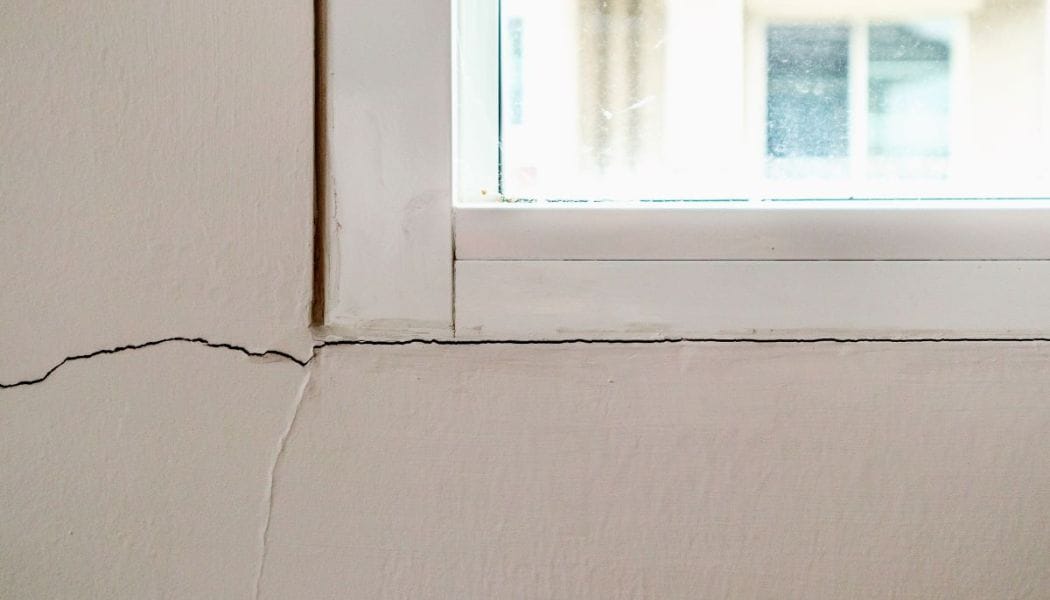
3) Damage: Cracks Around Wooden Doors And Window Frames
Cause :
· Wood tends to shrink and swell in the summer during the monsoon. The periodic contraction and expansion of the walls of the wood cause cracks in the wall around the door and window frames.
Solution :
· Use only seasoned wood to manufacture the doors and window frames, or consider doors and windows materials such as aluminium or uPVC.
· Fastened and well-aligned with brickwork should be the wooden doors.
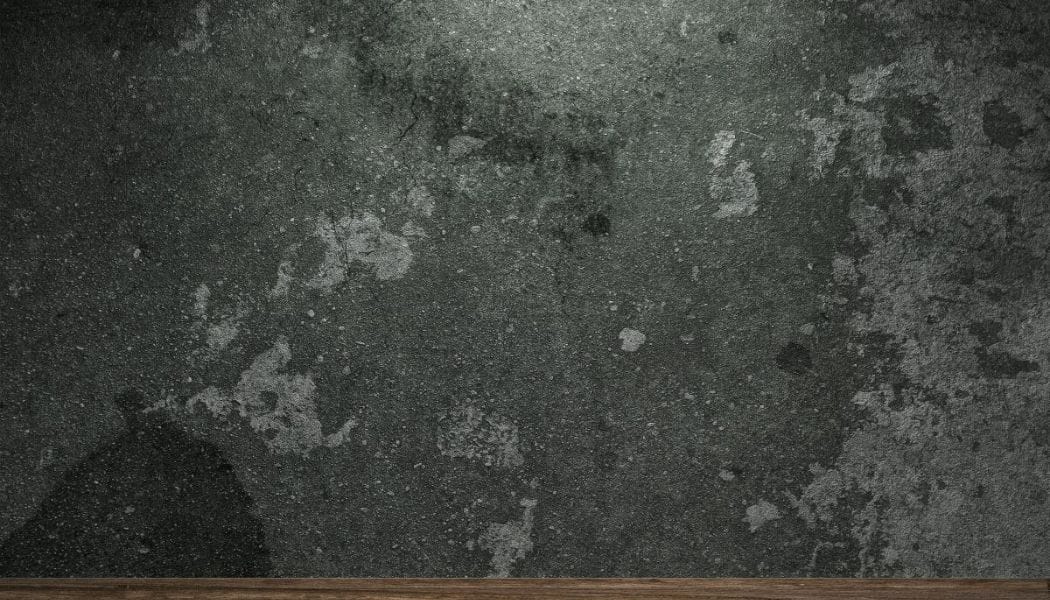
4) Damage: Loose Plaster
Cause :
· Plaster flows in patches, which are exposed to the bricks below. This looks hideous and makes the wall vulnerable to further environmental and weather damage.
· The loss of adhesion between the wall of the brick and the plaster causes loose plaster. You can monitor this by tapping the wall – a loose plaster hollow sound.
Solution :
· Initially, it is necessary to remove the loose plaster from the brick walls and then re-plaster the surface. Please note that the plaster should be properly cured and punctured with POP and finished with the priming and painted coats.
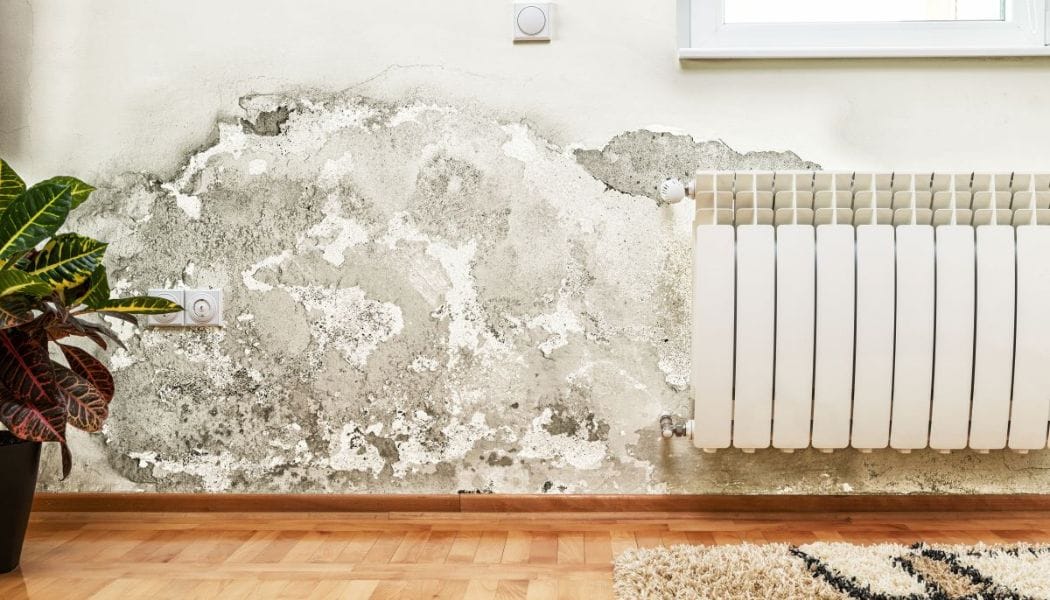
5) Damage: Efflorescence
Cause:
· Efflorescence is the appearance on the brickwork of a white powdery deposit. This occurs when moisture is inserted into the brickwork and the mineral seals are dissolved in the concrete mortar and then sick out. The water evaporates, leaving the crystalline salts behind a white powder deposit.
Solution:
· Sponge the clean water on the wall or scrape the reservoirs in a soft brush. Alternatively, a mild solution of white vinegar and water will be presented on the affected surface.
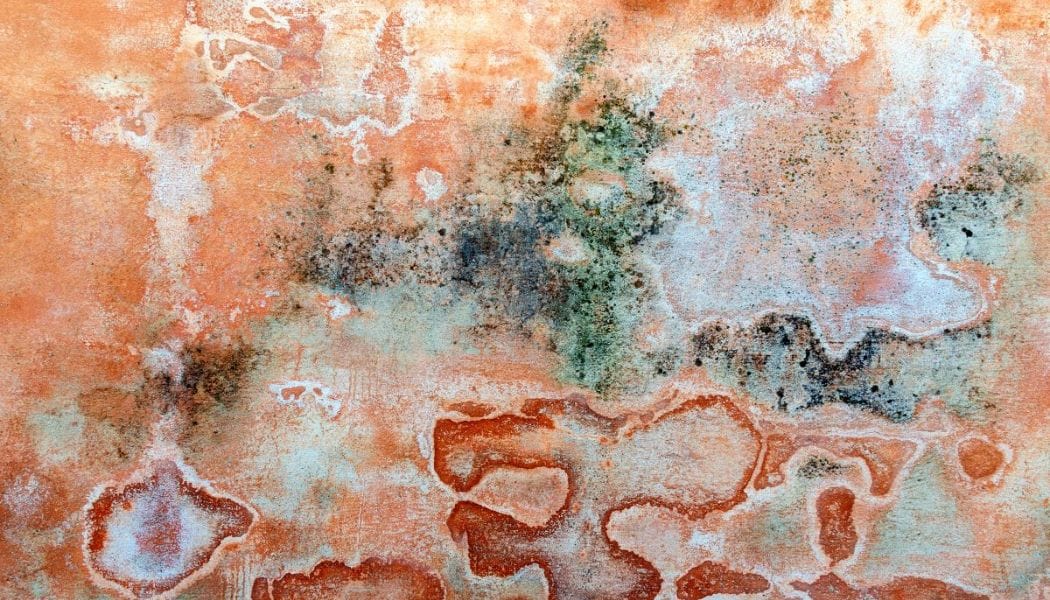
6) Damage: Staining
Cause:
· Thinning and spots are mainly due to the increase in mold and mildew that can make greenish-grey spots on the walls.
· External sources can also result in staining, such as pollution. How? The carbon dioxide reacts in the cement mortar and moisture with calcium carbonate to make the walls stain.
Solution:
· Make a solution with three parts of water for a single component chlorine bleach and massage it with the mold or mildew stain. Rinse the surface with a dry wipe.
· Other stains can be removed with a mild soapy solution by wiping the affected area.
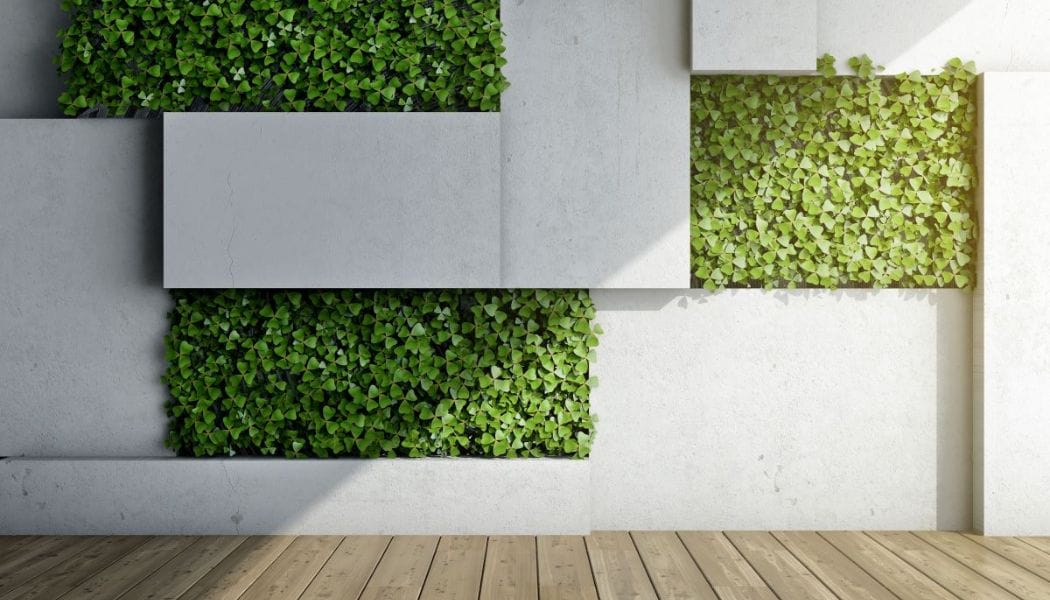
7) Damage: Deep Cracks By Tree Roots
Cause:
· The roots of trees can infiltrate the brick wall and press a lot on the wall, which can lead to deep wall cracks.
Solution:
· Plant the outer walls and bordering walls of a structure with shrubs, bush plants, or potted plants only.
· For an established tree, remove all visible roots within or close to the wall and treat the wall with a herbicide to destroy the roots.
HomeTriangle provides you the best professionals to solve your quarrels. Walls painting, wall renovation, wall waterproofing, every solution at one click.




Comments ()